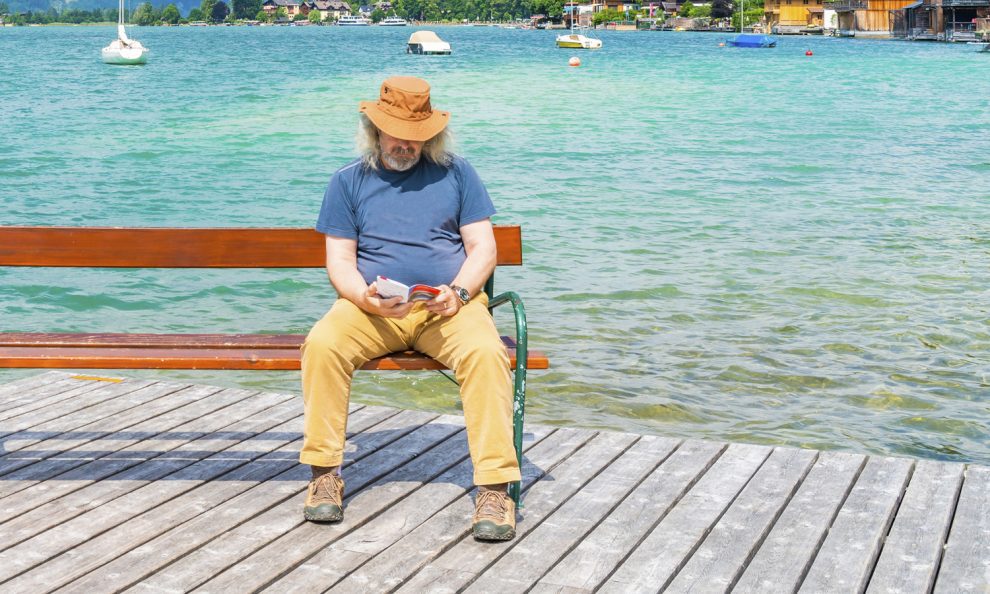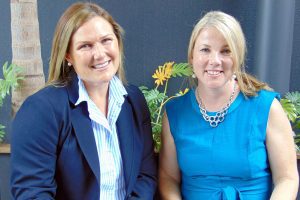Recent studies show that the inactivity could be the next major health condition that might well be comparable to smoking.
As a senior Australian, would you say you lead an active or a sedentary life? If you’re active, good for you.
If you’re not, it’s not too late to start to get active in some small way. It will improve the quality of your life. Studies indicate that after age 55, people lose strength, stamina, and flexibility to a significant degree. You can minimize or fight this loss through exercise.
While it’s fair to say that the years of punishing our bodies take their toll, sometimes they rob us of our mobility if we don’t keep moving.
Moving and and pushing your body as much as you can no doubt be good. Research indicates that exercise leads to a happier, healthier, and longer life. When you lead an active life, you maintain your independence and are less likely to depend on others for daily chores and activities.
You might also, consider the following benefits of exercise:
It improves your balance
Improving your balance reduces the likelihood of you falling. According to the US National Council of Aging, a senior citizen is admitted to an emergency room for a fall-related injury every 11 seconds. Even worse, every 19 minutes, an older adult die from a fall. Falls are a major health issue in the community with around 30% of adults over 65 experiencing at least one fall per year.
Balance is important to reducing falls and ultimately serious injury. Falls are common among older people and can result in fractures, head injuries, other serious injuries and even death,’ said spokesperson Professor James Harrison from the AIHW’s National Injury Surveillance Unit, based at Flinders University.
Rates of injuries to the head nearly doubled over the 10-year period to 2016–17 for both men and women so its worth considering the importance of balance to your mobility program.
Gives you more energy
Exercise leads to the release of endorphins, the “feel-good” chemicals that help the body cope with pain and stress. Exercise thus promotes a sense of well-being, makes you feel more energetic, and helps you sleep better.
Prevents disease
An active lifestyle can ward off or reduce the severity of diabetes, osteoporosis, and heart disease. According to the World Health Organization (WHO), a sedentary lifestyle doubles the risk of diabetes, cardiovascular diseases, and obesity. It also increases the risk of high blood pressure, osteoporosis, depression, and anxiety.
Improves brain function
Regular exercise improves brain health. Exercise reduces the probability of acquiring dementia and Alzheimer’s diseases by nearly 50 percent, according to the research foundation for Alzheimer’s.
People lose stamina, strength, and flexibility, as they grow older. The Framingham Disability Studies carried out from September 1976 to November 1978 among non-institutionalized elderly people confirmed this. The studies found that 66 percent of women aged 75 to 85 could not lift more than 10 pounds, 62 percent found it difficult to kneel or stoop, while 42 percent could not stand for more than 15 minutes.
According to a 1994 study by Harvard and Tufts scholars, these losses can be reversed. The study involved 100 nursing-home residents aged 72 to 98 who performed resistance exercises three times a week. After 10 weeks, those who exercised could climb more stairs, walk faster and further, and lift significantly more weight than those who didn’t exercise.
Harvard also found that regular exercise helps people age more slowly and live healthier, more vigorous lives. And it also helps people live longer. Calculations based on the Harvard Alumni Study suggest that men who exercise regularly can gain about two hours of life expectancy for each hour of exercise.
Besides, a 10-year study by researchers at the MacArthur Study of Aging in America found that 70 and 80-year-olds could enjoy the benefits of exercise even when they had never exercised before.
We know from the Australian Institute of Health & welfare that the Australian population is ageing, with older Australians a growing proportion of the total population. In 2017, 15% of Australians (3.8 million) were aged 65 and over; this proportion is projected to grow steadily over the coming decades.
How do you start?
As with any exercise program, start with a check up by your primary health provider. If you have osteoporosis, congenital heart failure, diabetes, arthritis, joint replacement, or anything else that limits mobility, seek guidance on how to proceed.
Once cleared, consider engaging a personal trainer at your local gym or find an app that might just make you accountable. You could also sign up for age-specific workouts at your community center. It’s advisable to draw up an exercise program based on the four foundations of fitness – strength training, cardiovascular conditioning, flexibility, and balance.
“Harvard also found that regular exercise helps people age more slowly and live healthier, more vigorous lives.”
Strength training
If you’re very frail, you’re better off starting with strength training (resistance exercises). This helps build your muscles to enable you to perform everyday tasks comfortably.
You can use ankle and hand weights for resistance training. Start small and build up as you become stronger. Lift a weight that you can manage comfortably for eight repetitions. Count to three as you lift the weight, hold for a count of one, and then lower it to a count of three. Rest for three seconds, and then repeat. If you can do the repetitions 15 times, add more weight. Exercise different muscle groups on different days.
Balance exercises
Avoid falls by increasing your stability through balance exercises. Balance exercises include the heel-to-toe walk, one-leg stand, and toe-stand.
- Heel-to-toe: Move as though walking a tightrope, the heel of one foot touching the toes of the other. Hold out your arms for balance, if need be.
- One-leg stand: Stand on one leg, then the other, as you wait in a queue. At home, do this with your eyes closed, but make sure you’re safe from a fall.
- Toe-stand: Hold a chair for support and push yourself into a tiptoe position. Hold as long as comfortable, lower yourself, and then repeat.
Cardiovascular conditioning
A sedentary lifestyle weakens the heart, making its contractions feeble. As a result, the heart pumps less blood with each heartbeat. However, regular exercise can reverse some of this loss of function and strength. Good activities for cardiovascular conditioning include walking, swimming, and cycling.
For people above 65 years of age, WHO recommends at least 150 minutes of moderate-intensity aerobic activity throughout the week. This works to about 30 minutes of exercise per day, five times a week, or 15 minutes of exercise twice a day. You could also combine moderate and vigorous-intensity exercise for the same duration of time, or do 75 minutes of vigorous-intensity activity.
Stretching to improve flexibility
Only do stretching exercises when your muscles are warm. You might want to add 10 or so minutes of stretching exercises after your weightlifting or aerobic sessions. Make your stretching moves slow and controlled.
For best results, hold a stretch to a count of 30 even as you breathe deeply in and out. Repeat three to five times. Increase the range of the stretch as you gain flexibility. Remember, stretching shouldn’t be painful.
The bottom line on inactivity
It’s important, although not always easy, to remain active as you age. If you have a condition that limits activity, seek medical advice on how much you can do. Start small and increase your level of activity gradually. As you gain strength, stability, and balance, you will be glad you started on an exercise regime.
Note: Life Begins at Magazine is providing the above information solely to demonstrate the benefits of increasing mobility. We’d always recommend that you consult you physician when commencing an exercise plan.
This article appeared in the Summer 2021 edition of Life Begins At… Click here to read or here to subscribe and never miss an issue!






















Add Comment